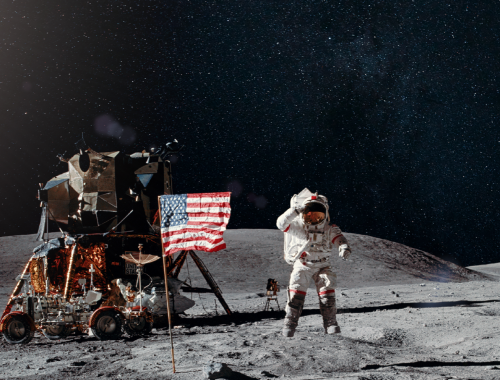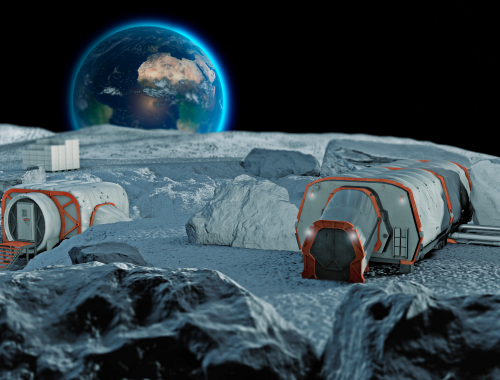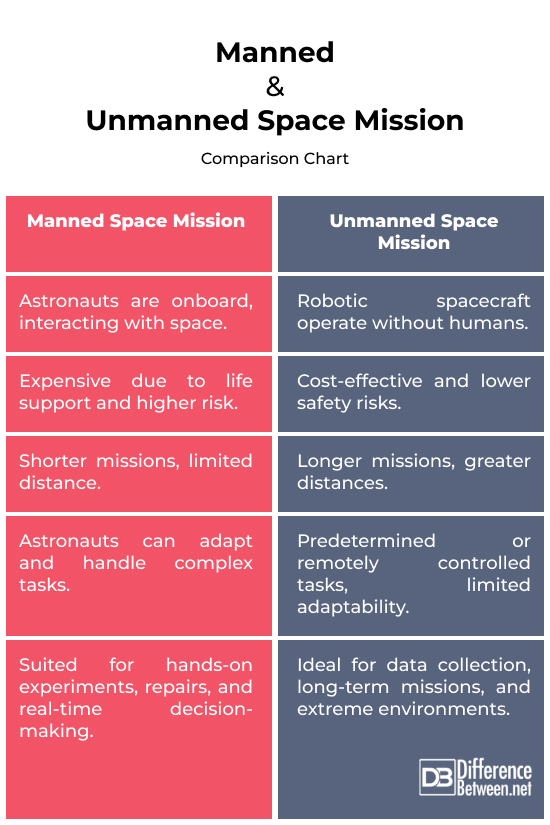Difference Between Manned and Unmanned Space Missions
Space exploration has captivated humanity’s imagination for centuries. The notion of venturing beyond our earthly confines to explore the cosmos and uncover its secrets has been a source of wonder and inspiration for generations. From early stargazers who marveled at the night sky to modern scientists and space enthusiasts, the quest to understand the universe has been an enduring fascination.
In essence, space exploration represents our insatiable thirst for knowledge, and both manned and unmanned missions play a crucial role in quenching that curiosity. In this article, we’ll explore the differences between manned and unmanned space missions. So, fasten your seatbelts and prepare for a cosmic showdown between humans and machines!

Manned Space Missions
Manned space missions are journeys into space where humans go along for the ride. These brave individuals, called astronauts, leave Earth to explore the cosmos, conduct experiments, and learn more about space.
Imagine being inside a spacecraft, like the iconic Apollo missions that took astronauts to the Moon. They traveled hundreds of thousands of miles away from our planet, walking on the lunar surface and taking those historic “moonwalk” steps.
Consider the International Space Station (ISS), a gigantic space laboratory where astronauts from various countries live and work. They conduct experiments, grow plants, and even exercise in space while orbiting the Earth.

Unmanned Space Missions
On the contrary, unmanned space missions don’t involve humans traveling to space. Instead, they send robotic spacecraft, like satellites, probes, and rovers, on interstellar journeys. These robotic explorers are designed to collect data, capture images, and conduct experiments in space, on other planets, and even beyond our solar system.
One fascinating example is the Hubble Space Telescope, a colossal space camera that captures stunning images of distant galaxies and helps us understand the vastness of the universe. Or consider the Mars rovers, like Curiosity and Perseverance, which roll around the Red Planet, analyzing rocks and searching for signs of past life.
Differences between Manned and Unmanned Space Missions
Humans vs. Robots
In manned space missions, human astronauts travel to space, experiencing it firsthand. They can interact with their environment, conduct experiments, and adapt to unforeseen challenges. Unmanned space missions use robotic spacecraft, such as satellites, probes, and rovers, without any human presence. These robots are remotely controlled from Earth or programmed to perform specific tasks autonomously.
Cost and Risk
Manned missions tend to be more expensive due to the need for advanced life support systems, safety measures, and the well-being of astronauts. Additionally, they involve human lives, so the risk is considerably higher. Unmanned missions are generally more cost-effective, as they don’t have to account for human safety and well-being. While there’s still a financial risk, it’s not tied to the safety of astronauts.
Duration and Distance
Manned missions are typically shorter in duration and have a limited range. The farthest humans have traveled is to the Moon, and these missions usually last a few days or weeks. Unmanned missions can be much longer and reach much greater distances. For instance, robotic spacecraft have traveled to the outer reaches of our solar system and beyond, with missions lasting years or even decades.
Flexibility and Adaptability
Astronauts on manned missions can adapt to unexpected situations, troubleshoot problems, and make real-time decisions. They can also handle complex and diverse tasks, such as repairing equipment or conducting experiments requiring human dexterity. Unmanned missions are pre-programmed or remotely controlled, which can limit their flexibility. While they can perform specific tasks with precision, they may struggle to adapt to unforeseen challenges without human intervention.
Manned vs. Unmanned Space Missions: Comparison Chart

Summary
In summary, manned missions involve humans in space, are costlier, shorter in duration, and more adaptable, while unmanned missions use robots, are cost-effective, have greater endurance and range, and are limited in adaptability. Each type of mission has its own set of advantages and limitations, making them suitable for different objectives in space exploration.
FAQs
What is the difference between a manned and unmanned mission?
Manned missions involve human astronauts traveling to space, while unmanned missions use robotic spacecraft.
What is manned and unmanned space exploration?
Manned space exploration involves sending astronauts into space to conduct experiments and explore, while unmanned space exploration uses robotic spacecraft for data collection, research, and tasks that are unsafe or impractical for humans.
What are the advantages of an unmanned or robotic mission to space over a manned mission?
Unmanned missions are cost-effective, have lower safety risks, and can endure extreme conditions. They are ideal for long-term missions, data collection, and exploring distant or hazardous environments.
What does it mean for a space mission to be manned?
A manned space mission is one that involves human astronauts on board the spacecraft, conducting various activities and experiments in space.
What does unmanned and manned mean?
“Unmanned” means without human presence, typically referring to robotic operations. “Manned” means involving human presence and activities.
What are the advantages of manned missions to space?
Manned missions offer real-time adaptability, the ability to handle complex tasks, and the ability to conduct hands-on experiments. They are ideal for missions requiring human dexterity and decision-making.
- Difference Between Caucus and Primary - June 18, 2024
- Difference Between PPO and POS - May 30, 2024
- Difference Between RFID and NFC - May 28, 2024
Search DifferenceBetween.net :
Leave a Response
References :
[0]Sellmaier, Florian, et al. Spacecraft Operations. Springer Nature, 2022.
[1]Van Pelt, Michel. Space Invaders: How Robotic Spacecraft Explore the Solar System. Springer Science and Business Media, 2010.
[2]Freeman, Marsha. Challenges of Human Space Exploration. Springer Science and Business Media, 2000.
[3]Slakey, F., and P. D. Spudis. “Robots Vs. Humans: Who Should Explore Space?” Scientific American Reports, vol. 18, no. 1, Springer Nature, Feb. 2008, pp. 26–33. https://doi.org/10.1038/scientificamerican0208-26sp.
[4]Image credit: https://www.canva.com/photos/MADK-CcvHGI-lunar-base-spatial-outpost-first-settlement-on-the-moon-space-missions-living-modules-for-the-conquest-of-space/
[5]Image credit: https://www.canva.com/photos/MAEvJ5TasuA-man-on-the-moon-astronaut-on-lunar-moon-landing-mission-elements-of-this-image-furnished-by-nasa-/
